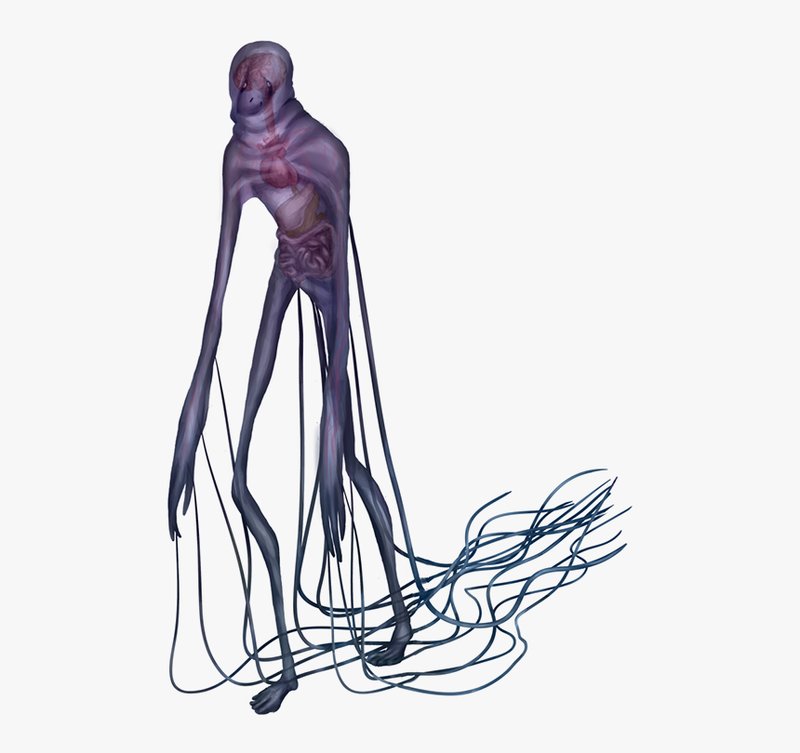
In many places, box jellyfish evoke both fascination and fear. You might hear tales that make them seem like supernatural beings, or legends that explain their behavior in mythical ways. These stories can shape how people interact with and perceive these creatures. Let’s dive into some of these myths and cultural beliefs to uncover the truth about the box jellyfish and get a clearer picture of what they really are.
The Fascinating World of Box Jellyfish
Box jellyfish belong to the class Cubozoa, which includes some of the most venomous jellyfish in the world. They are named for their cube-shaped bell, which is quite different from the traditional bell shape of most jellyfish. Their tentacles can grow quite long, sometimes reaching up to 10 feet! Picture a delicate, almost ethereal creature gliding through the water, but with a defense mechanism that can be dangerous to humans.
Different species of box jellyfish inhabit warm coastal waters, especially around Australia and the Indo-Pacific region. They are often found in shallow waters, near beaches, which can add to the tension between them and beachgoers. Despite their beauty and grace, the box jellyfish’s powerful sting can cause excruciating pain, and in some cases, it can even be fatal. That’s where many of the myths and beliefs about these creatures start.
Myth: Box Jellyfish Are Mindless Monsters
One common myth is that box jellyfish are mindless monsters that attack humans without provocation. Here’s the thing: box jellyfish do have a nervous system, but it’s very different from ours. They primarily react to environmental stimuli rather than making conscious decisions like we do.
They don’t have a brain, and their nervous system is quite simple. Instead, they rely on sensory organs to detect light, gravity, and chemical changes. So, while it might seem like they’re on the attack, they’re actually just reacting to their surroundings. It’s important to remember that they’re not hunting humans; they’re more focused on finding food, like small fish and plankton.
Cultural Beliefs Surrounding the Box Jellyfish
In many coastal communities, the box jellyfish plays a significant role in local folklore and cultural beliefs. For example, in some regions of Australia, these creatures are often viewed as harbingers of bad luck. Some fishermen believe that spotting a box jellyfish means they won’t catch much fish that day. This belief reflects a deep connection between nature and cultural narratives, showing how wildlife can shape societal views.
In other cultures, box jellyfish have been linked to stories of transformation or otherworldly connections. Some legends suggest that these creatures hold the souls of lost sailors or that they are guardians of the sea. These narratives often serve as a way for communities to articulate their relationship with the ocean—honoring its mysteries while also acknowledging its dangers.
Myth: All Box Jellyfish Are Lethal
Another widespread myth is that every box jellyfish sting is lethal. While it’s true that some species, like the Chironex fleckeri, possess venom that can be fatal, not all box jellyfish are created equal. Many species deliver painful stings that may require medical attention, but they aren’t necessarily lethal.
In fact, most encounters with box jellyfish result in symptoms that can be treated effectively. The key is understanding the species involved and seeking help when stung. If you’re swimming in areas known to have box jellyfish, wearing a protective suit can reduce the risk of a sting significantly. Remember, knowledge is power!
Environmental Roles of Box Jellyfish
You might wonder, what purpose do box jellyfish serve in the ecosystem? These creatures play a crucial role in marine food webs. They help control populations of small fish and plankton, which can keep the balance of marine life in check. By consuming these smaller creatures, box jellyfish contribute to the health of their habitats.
Box jellyfish also serve as a food source for some larger marine animals. For example, sea turtles have developed a taste for jellyfish and can safely consume them, thanks to their thick skin. So, while box jellyfish may seem intimidating, they’re actually an essential part of the ocean’s intricate ecosystem.
How to Stay Safe Around Box Jellyfish
If you’re spending time in waters where box jellyfish are common, safety should be your number one priority. Here are some simple tips to reduce the risk of stings:
- Wear protective clothing: Consider a full-body wetsuit or a stinger suit when swimming in areas known for jellyfish.
- Avoid swimming at certain times: Be cautious during box jellyfish season, often coinciding with warmer months.
- Be mindful of warnings: Pay attention to local signs or advisories about jellyfish presence.
- Know how to respond: If stung, rinse the area with vinegar and seek medical attention if necessary.
Understanding these precautions can help you enjoy the ocean while respecting its inhabitants, including the box jellyfish.
The Importance of Education and Awareness
With all the myths and cultural beliefs surrounding the box jellyfish, education is key. By spreading awareness and understanding more about these fascinating creatures, we can clear up misconceptions. This not only helps beachgoers stay safe but also fosters a deeper appreciation for marine life.
It’s vital that local communities share accurate information and encourage research on box jellyfish. Learning more about their behavior, habitats, and ecological roles can help bridge the gap between fear and fascination. Plus, the more we understand them, the less intimidating they become.
Box jellyfish, with their ethereal beauty and complex myths, remind us of the wonders and dangers of the ocean. While it’s easy to fear what we don’t understand, taking the time to learn about these creatures can change our perspective. They are not just fearsome stingers; they are integral parts of marine ecosystems and fascinating subjects of cultural stories.
So the next time you hear a myth about the box jellyfish, take a moment to explore its truth. And as you enjoy time at the beach, remember to respect these amazing creatures and the ocean they call home. With understanding comes appreciation, and that transforms fear into curiosity, ultimately enriching our connection with the natural world.

